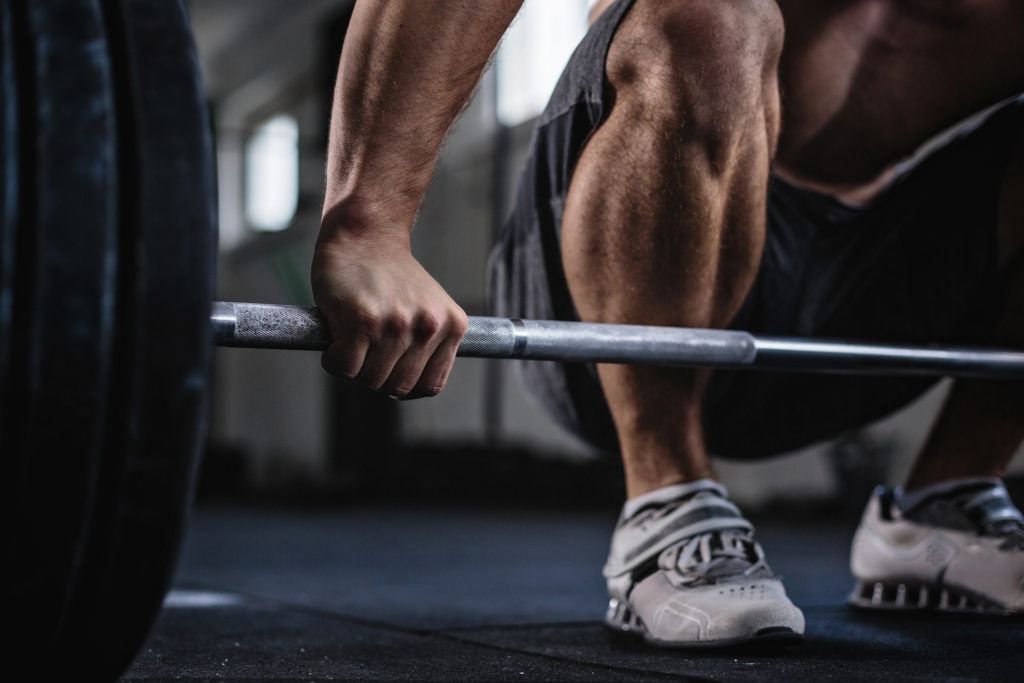
When muscle tissue is torn or stretched, it is called a muscle strain or pulled muscle. Muscle strains are extremely common; they make up one-third of all sports injuries.
There is a growing desire to treat muscle strains with platelet-rich plasma (PRP) therapy. Platelets in the blood are the body’s first line of defense against injuries, Platelets act as a natural coagulant to stop progression of an injury and kickstart the healing process. Using a patient’s own blood seems to be a natural way to address muscle tissue damage.
While this may sound like the stuff of science-fiction, keep in mind that long-distance runners and endurance athletes have been using blood-packing (boosting their red blood cell count with blood transfusions to improve athletic performance) for decades and enjoying the fruits of their efforts all the way to the finish line.
How PRP Works
A phlebotomist draws a sample of blood from a patient. From there, the blood is spun in a centrifuge to separate the platelets. The platelet-rich mixture is injected back into the patient’s body at the site of the injury to help regenerate healthy tissue.
PRP injections bathe injured cells in platelets from one’s own blood. The average level of platelets in blood is around 6 percent. A PRP injection is about 95 percent platelets. Increasing platelet levels at the site of an injury triggers an exponentially rapid increase in tissue regeneration, promoting quick healing.
Many professional athletes have been outspoken proponents of PRP therapy and claim significantly faster healing of muscle issues.
Risks vs. Rewards
As with any type of injection, there are a few risks associated with PRP therapy. Infection, pain at the site of the injection, swelling, and tissue damage are among them. However, the small chance of these complications from PRP therapy is negligible. Especially when you consider the immense benefits of PRP.
When it comes to treating muscle strains and other orthopedic injuries, PRP therapy has been shown to result in significantly faster healing. Boosting platelet levels from 6 to 95 percent practically guarantees healthy musculoskeletal rejuvenation and with minimal risk.
If you feel that an old injury is slowing you down or wish to speed your recovery from a muscle strain, contact the medical professionals at Delaware Back Pain & Sports Rehabilitation Centers about PRP therapy. If you cannot undergo surgery due to age or other restrictions, then PRP therapy might be the treatment for you.
Request a consultation today and the pain specialists at Delaware Back Pain & Sports Rehabilitation Centers will get back to you within 48 hours. If that isn’t fast enough, call the location nearest you to see how platelet-rich plasma therapy can boost your healing time.


